These mesmerizing formations have a distinct shape that sets them apart from other crystal structures, making them highly sought after and prized by collectors and scientists alike. But beyond their aesthetic appeal, cubic crystals hold tremendous potential for various industries, particularly in technology, manufacturing, and energy sectors. In this article, we will delve into the remarkable properties of cubic crystals, their uses, and the future possibilities they offer. Understanding Cubic Crystals: Cubic crystals belong to the isometric crystal system, characterized by their symmetrical arrangement of atoms or molecules.
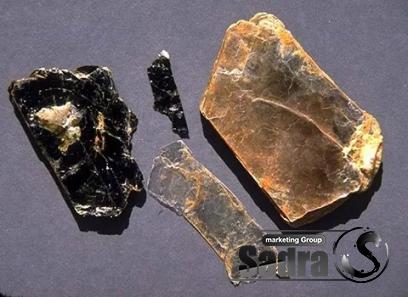
.
 Each side of a cubic crystal is equal in length, forming a perfect cube, with well-defined faces and sharp edges. This unique structure can be observed in various minerals, such as fluorite, pyrite, halite, and galena, to name a few. Pristine Aesthetic and Collectibility: Cubic crystals possess an innate beauty that makes them highly desirable for collectors. Their symmetrical shape, combined with vibrant colors and clarity, has made them sought-after specimens in the world of gemology and mineralogy. Collectors value cubic crystals for their aesthetic appeal, rarity, and overall significance within the mineral kingdom. Industrial Applications: Beyond their allure in the realm of aesthetics and mineral collecting, cubic crystals also have significant applications in multiple industries: 1. Technology and Electronics: Cubic crystals, particularly those made from certain minerals like quartz, are widely used in electronic devices.
Each side of a cubic crystal is equal in length, forming a perfect cube, with well-defined faces and sharp edges. This unique structure can be observed in various minerals, such as fluorite, pyrite, halite, and galena, to name a few. Pristine Aesthetic and Collectibility: Cubic crystals possess an innate beauty that makes them highly desirable for collectors. Their symmetrical shape, combined with vibrant colors and clarity, has made them sought-after specimens in the world of gemology and mineralogy. Collectors value cubic crystals for their aesthetic appeal, rarity, and overall significance within the mineral kingdom. Industrial Applications: Beyond their allure in the realm of aesthetics and mineral collecting, cubic crystals also have significant applications in multiple industries: 1. Technology and Electronics: Cubic crystals, particularly those made from certain minerals like quartz, are widely used in electronic devices.
..
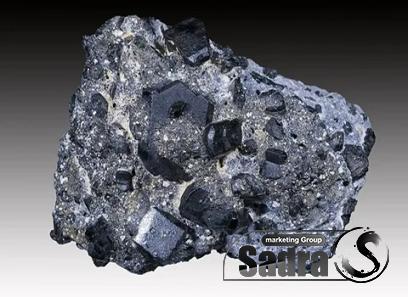 Their piezoelectric properties make them essential components in oscillators, filters, sensors, and transducers. These crystals play a crucial role in ensuring the accurate measurement of time, frequency, and voltage, making them indispensable for various electronic devices, including smartphones, laptops, and telecommunications equipment. 2. Energy and Renewable Resources: Cubic crystals have great potential in the development of renewable energy sources. For example, they are utilized in solar panels to enhance energy conversion efficiency. Their excellent light absorption and conduction properties, combined with their ability to generate an electric charge under mechanical stress, make them invaluable for harnessing solar energy. 3. Manufacturing and Precision Instruments: Cubic crystals find application in precision instruments due to their exceptional mechanical stability and accuracy. The crystals are used in state-of-the-art optical devices, such as lenses, prisms, and filters. Additionally, the remarkable hardness of cubic crystals, such as diamonds, contributes to their use in cutting techniques and industrial tools, including drills and saws.
Their piezoelectric properties make them essential components in oscillators, filters, sensors, and transducers. These crystals play a crucial role in ensuring the accurate measurement of time, frequency, and voltage, making them indispensable for various electronic devices, including smartphones, laptops, and telecommunications equipment. 2. Energy and Renewable Resources: Cubic crystals have great potential in the development of renewable energy sources. For example, they are utilized in solar panels to enhance energy conversion efficiency. Their excellent light absorption and conduction properties, combined with their ability to generate an electric charge under mechanical stress, make them invaluable for harnessing solar energy. 3. Manufacturing and Precision Instruments: Cubic crystals find application in precision instruments due to their exceptional mechanical stability and accuracy. The crystals are used in state-of-the-art optical devices, such as lenses, prisms, and filters. Additionally, the remarkable hardness of cubic crystals, such as diamonds, contributes to their use in cutting techniques and industrial tools, including drills and saws.
…
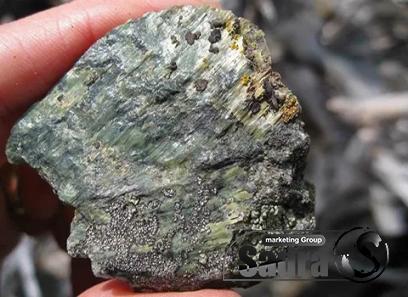 Future Possibilities: Given the remarkable properties and versatility of cubic crystals, the potential for future advancements and applications is enormous. Researchers and scientists continue to explore their use in emerging fields such as quantum computing, optoelectronics, and nanotechnology. The unique electrical and thermal conductivity of cubic crystals, combined with their stability and high melting points, make them promising materials for future technological breakthroughs. Conclusion: Cubic crystals have captivated humans for centuries with their stunning geometrical shapes and mesmerizing colors. Beyond their aesthetic appeal, these crystals have found applications in various industries, from technology and renewable energy to precision instruments and manufacturing. Embracing the potential of cubic crystals opens up new avenues for technological advancements and scientific discoveries. As we delve deeper into the world of minerals, these cubic wonders continue to surprise and inspire us with their enduring beauty and remarkable utility.
Future Possibilities: Given the remarkable properties and versatility of cubic crystals, the potential for future advancements and applications is enormous. Researchers and scientists continue to explore their use in emerging fields such as quantum computing, optoelectronics, and nanotechnology. The unique electrical and thermal conductivity of cubic crystals, combined with their stability and high melting points, make them promising materials for future technological breakthroughs. Conclusion: Cubic crystals have captivated humans for centuries with their stunning geometrical shapes and mesmerizing colors. Beyond their aesthetic appeal, these crystals have found applications in various industries, from technology and renewable energy to precision instruments and manufacturing. Embracing the potential of cubic crystals opens up new avenues for technological advancements and scientific discoveries. As we delve deeper into the world of minerals, these cubic wonders continue to surprise and inspire us with their enduring beauty and remarkable utility.
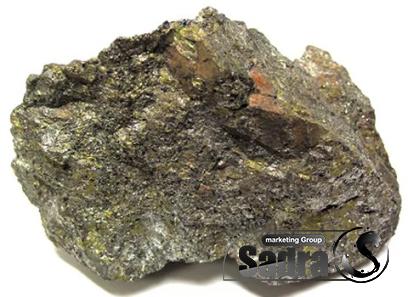
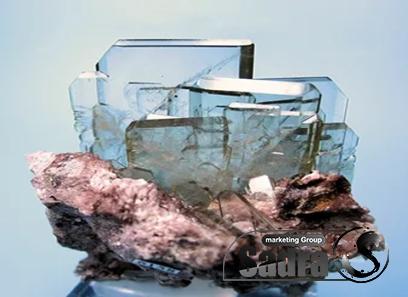
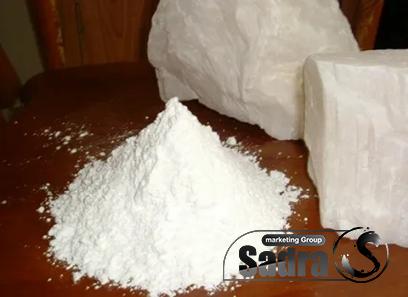
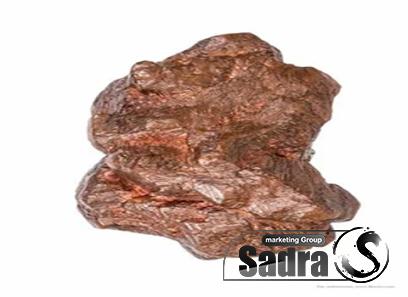
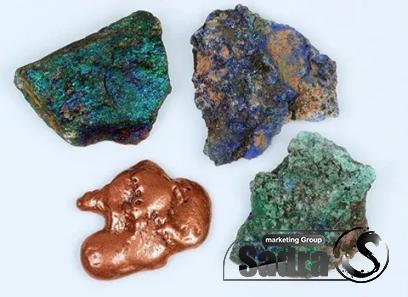
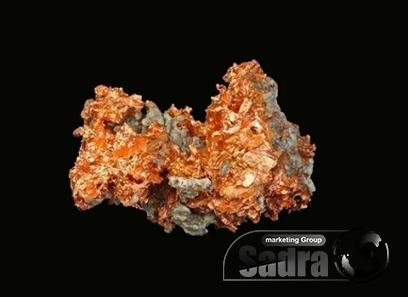
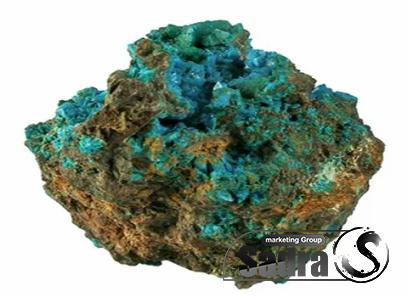
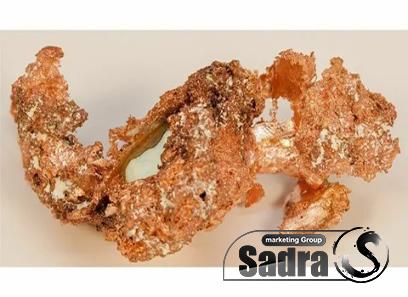
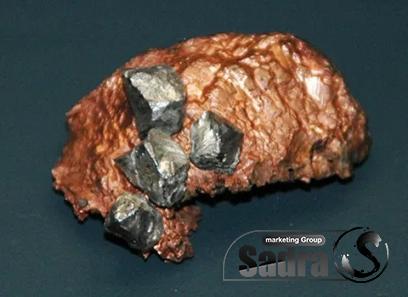
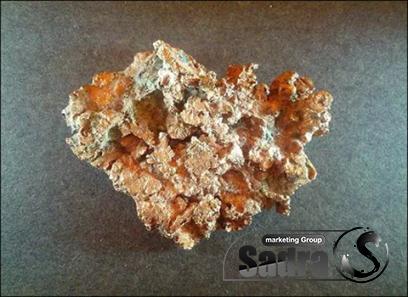
Your comment submitted.